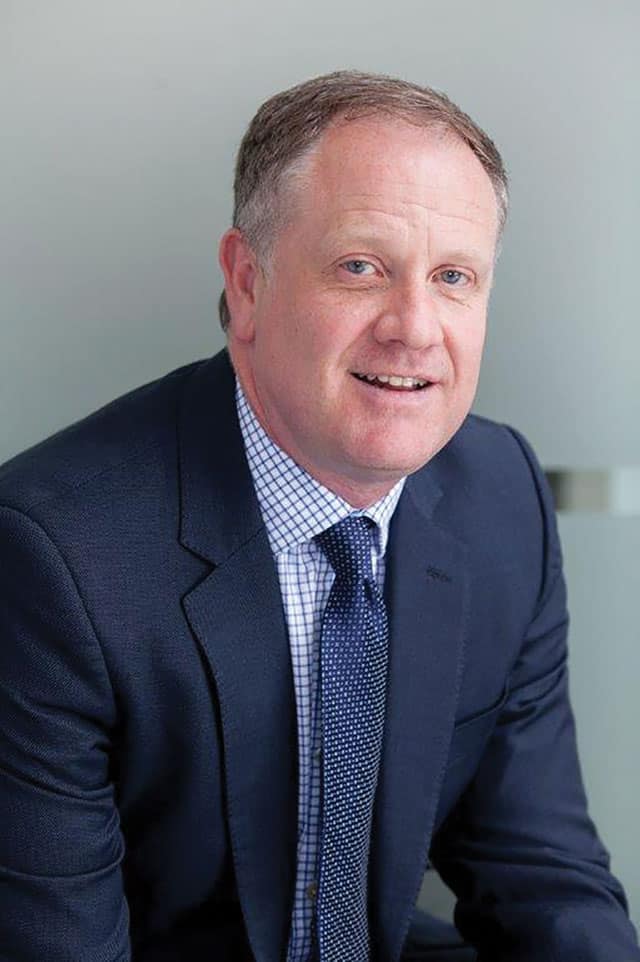
Recent years have seen marketers pave the way for omnichannel (OC) experiences, leaving the multichannel ,approach in its wake.
With the pivot to OC accelerating in the medical affairs space, how can we ensure we continue to place healthcare professionals (HCPs) at the centre of the OC experience across the product life cycle in the years to come?
Omnichannel – why now?
HCPs now have an unprecedented number of options to engage with the functions of medical affairs. These range from traditional communication channels to new digital approaches, the use of which has been accelerated by the significant reduction in face- to-face interactions caused by the pandemic.
This shift to digital communications looks as if it is here to stay, with a recent report noting that digital communications and virtual meetings between MSLs and HCPs are now a reality, rather than a goal. However, face-to- face meetings will remain important for HCP/ pharma relationships, HCP networking and peer-to-peer scientific exchange. The key to effective engagement will be to offer providers a personalised communication journey.
In addition, omnichannel offers benefits to the medical affairs team. These range from an in-depth understanding of what content HCPs really want to access and the channels they prefer, through to data-driven real-time performance measurement using advanced analytics. Ultimately, this results in the medical affairs team maximising return on spend.
So how does omnichannel differ from multichannel?
Let us start with some basics. Whereas multichannel concentrated on maximising the number of channels to increase the chances of potential audience engagement, omnichannel looks to unify communications across channels to deliver a seamless two-way engagement between medical affairs and HCPs
“OC helps us to move away from siloed communications,” explained Prakash Patel, Digital and Social Media Director, Ashfield Health. The typical multichannel approach forces a ‘more engagement you get, the better’ mindset, which can result in a disjointed experience for HCPs.
“OC puts the HCPs at the centre of the communications strategy, helping to integrate all the channels and build a personalised communications journey. It allows HCPs to pull content from their preferred channel.”
How do we start to build an omnichannel strategy?
Key to any OC strategy is understanding the journey the HCP is likely to take and being able to plan and connect key high- value touchpoints between HCPs and your medical communications. Understanding the motivations and behaviours of HCPs at each touchpoint then allows us to develop the right story that will help
move HCPs through that journey.
“For each touchpoint we need to ensure we have the right channel mix in place to reach the HCP with our individualised communications,” said Prakash. “By understanding the needs and preferences of each HCP segment you want to reach we can develop a curated channel mix of digital, traditional or hybrid interactions, all connected in terms of the story we are telling.
Measuring the success of an omnichannel strategy
Key to any analysis is the ability to track HCP engagement at each step of the journey. This can be achieved by medical affairs building an integrated technology stack, at the heart of which lies a CRM system linked to a content management system and an analytics package.
“Applying advanced analytics and data modelling techniques to omnichannel programmes allows us to harvest and interrogate a wealth of data,” explained Annemarie Crivelli, Global Director, Experience at Ashfield Health.
“As Prakash mentioned, omnichannel helps us be less siloed in our communications – establishing a strong analytics foundation supports that effort. To truly understand the HCPs we are trying to reach, we need advanced tracking, measurement and predictive algorithms. Using our proprietary data platform, we can combine multiple data sets to have a clear view of the HCP landscape in each therapeutic area.
“The depth of metrics provides insight into the success of a programme and uncovers which channels and messages are performing best. The use of live dashboards completes the picture for real-time analysis of HCP preferences. Adding a layer of advanced AI and data modelling gives an unbiased prediction of not only future behaviour but also the optimal omnichannel mix. Basic analytics just won’t cut it anymore.”
Is omnichannel the future for medical affairs engagements?
One thing is sure – OC is not going away. In fact, we expect OC engagement to become cemented as the standard communications strategy in medical affairs. Certainly, we need to see how medical affairs teams can activate and optimise digital and hybrid medical OC programmes earlier in the pre-launch time frame.
Additionally, medical affairs will need to work with IT colleagues to build and integrate technology stack systems that have traditionally been part of commercial teams.
Ultimately, OC can act as a catalyst for collaborations enabling the execution of an integrated clinical-to-commercial model. In summary, medical affairs is ideally positioned to optimise communication experiences for HCPs by embracing an OC engagement approach that will lead to improved patient outcomes.
To find out more about Ashfield MedComms, visit https://ashfieldmedcomms.com/




